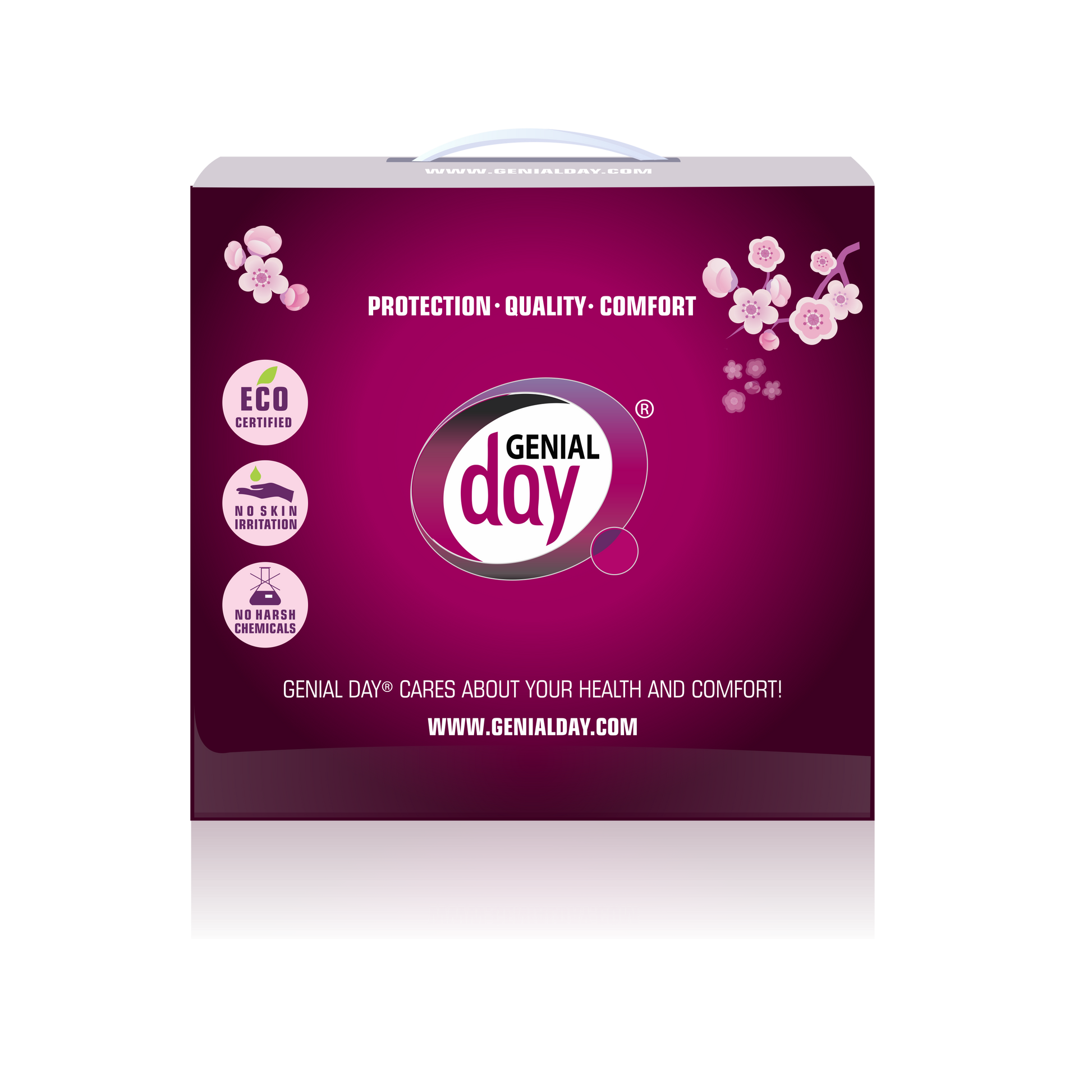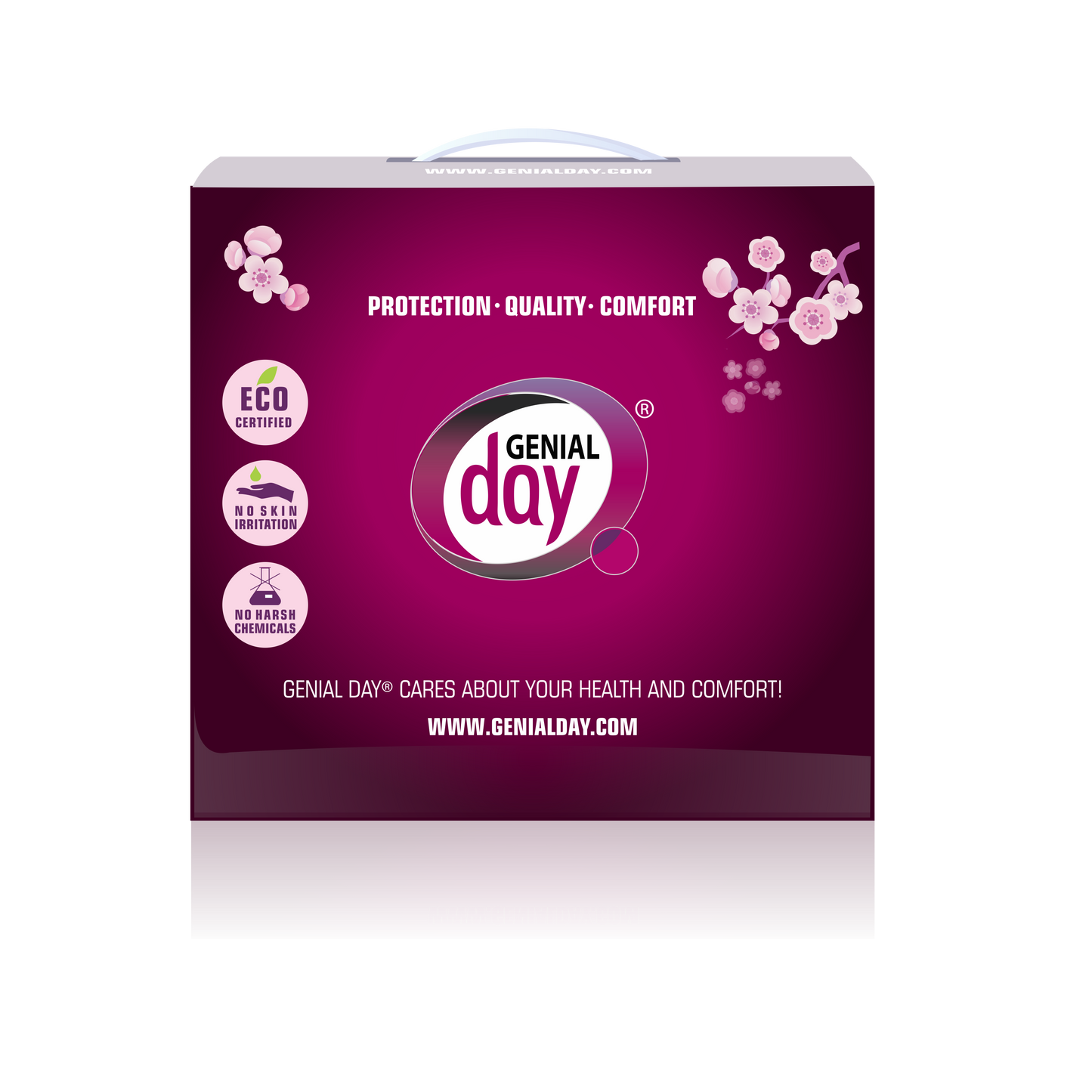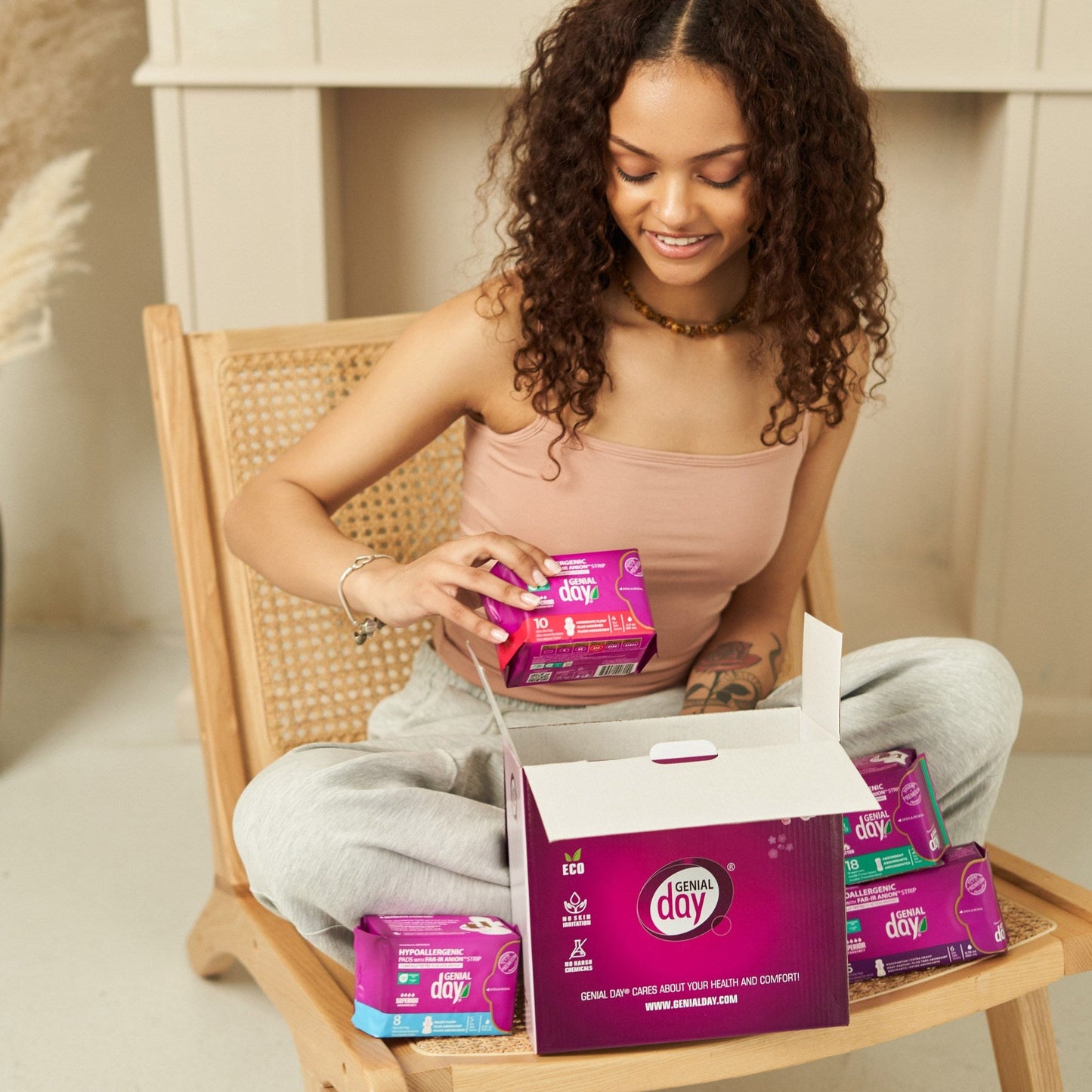The vagina likes to be in balance—when something is off with the bacteria or yeast that reside there, the yeast can overgrow.
There are plenty of reasons why having a vagina can be great. Obviously, it often comes with that whole miracle-of-life potential. But there are downsides, too.
Enter the dreaded yeast infection: you’re going about your business, and suddenly your underwear is covered in a sticky, white residue, or you’re having sex and realize it’s not so much hot as it is burning.
A yeast infection is a common vaginal infection caused by the Candida fungus. The vagina likes to be in balance—when something is off with the bacteria or yeast that reside there, the yeast can overgrow, points out the American College of Obstetricians and Gynecologists.
Symptoms include itching and burning, redness, swelling, and possibly an odorless white, lumpy vaginal discharge.
It’s no wonder why you might not want to head to the doctor to treat a yeast infection. Waiting to see the doctor can extend your itchy vagina experience, and actually following through with the appointment can be time-consuming. Plus, isn’t that the entire point of all those at-home yeast infection treatments at the drugstore? We spoke with ob/gyns to find out what is often misunderstood about yeast infections.
Is this illness actually a yeast infection?
This is the question women need to ask when symptoms first present. Many women think itching and burning in the vaginal area only signals a yeast infection, but this is not true. These symptoms are indicative of a variety of conditions, including genital herpes.
Any woman who experiences discomfort and abnormal symptoms in the vaginal area should always consult her health care provider. This is imperative because yeast infection symptoms are extremely similar to symptoms of sexually transmitted diseases.
Irritation of the genital area can also manifest as yeast infection symptoms. You could have itching and redness from shaving, or from chemical irritation. There really is no reason to use scented bath products or put perfumes and powders in the genital area. All of these things will cause undesirable and unwanted symptoms in your sensitive nether region.
Most women who think they have a vaginal yeast infection are wrong and may be doing more harm than good in treating their problem, doctors note. Everything that itches isn't a yeast infection. You can still see a doctor for confirmation of your yeast infection even if you’ve had one diagnosed in the past.
It doesn‘t mean you are unclean
If you get an infection, don’t blame yourself. Some women are more predisposed to getting them. Pregnancy, uncontrolled diabetes, douching or using other vaginal cleansing products, and taking antibiotics can make you more susceptible to them, according to the federal Office on Women’s Health.
Sometimes it can be stress, fatigue, a new soap, or even eating an overload of sugar that causes your vaginal pH to be off, allowing the yeast to overgrow. But you didn’t do anything directly to cause it. You can get a yeast infection from your sexual partner, too.
A yeast infection is all about an altered pH balance—not hygiene. Many women think they are experiencing yeast infections because they are not ‘clean’ and may attempt douching—this isn’t recommended. It can actually cause an imbalance in vaginal flora leading to worsening symptoms.
Professional treatment always works
Some people worry that using actual yeast infection medications will further upset the microbial balance in the vagina, leading to more discomfort. But gynecologists assure this concern isn’t necessary because these drugs are only affecting your yeast overgrowth.
It's OK to go ahead and treat it and not worry about trading one infection for another. You might experience side effects such as a bit of burning or irritation, and if you choose vaginal suppositories they could weaken the latex in condoms (so use a different form of contraception if necessary)—but antifungals aren’t going to somehow create a different vaginal infection.
Still, that hasn’t stopped people from turning to alternative remedies, like putting yogurt in the vagina. This hasn’t been found effective in large, controlled studies, and some doctors had to pull blueberries out of people’s vaginas thanks to this less-than-established treatment.
Garlic is another buzzed-about remedy. But again, the science hasn’t proven itself, and there are significant problems with people sticking whole cloves into their vaginal cavities.
Any doctor can tell you raw garlic is actually quite caustic.
Seriously, though, don’t do this. We recommend always seeing a doctor before you try any kind of alternative yeast infection treatment because you don’t want to make things worse.
The longer the treatment, the better
If you’ve had a yeast infection before and you’re totally certain you’ve got one again, trying an over-the-counter medicine before checking with your doctor could be an acceptable treatment option.
When you get an OTC antifungal, you can choose between treatments that last for 1, 3, or 7 days. Gynecologists encourage patients to avoid one-day doses and opt for longer courses.
In most women, either the one-days were irritating to their skin or the symptoms returned. Yeast is very resilient. If it doesn’t get attacked and eliminated in its entirety, it’ll come back.
At best, you’ll be back in optimal vaginal health in a few days. At worst, if symptoms return, you’ll need to set up an appointment and pursue better treatment. The choice is yours—may the Lactobacilli be with you.




